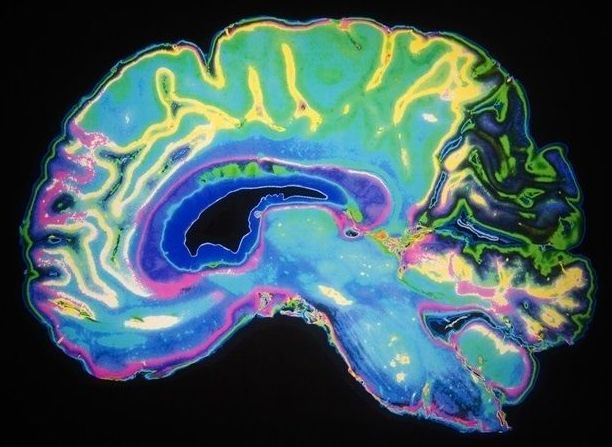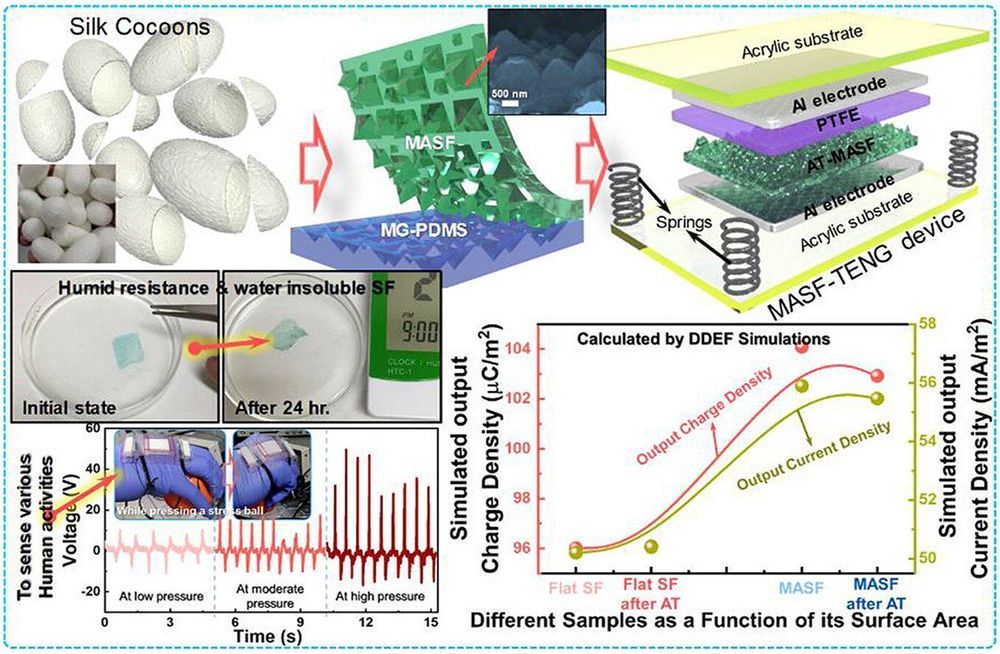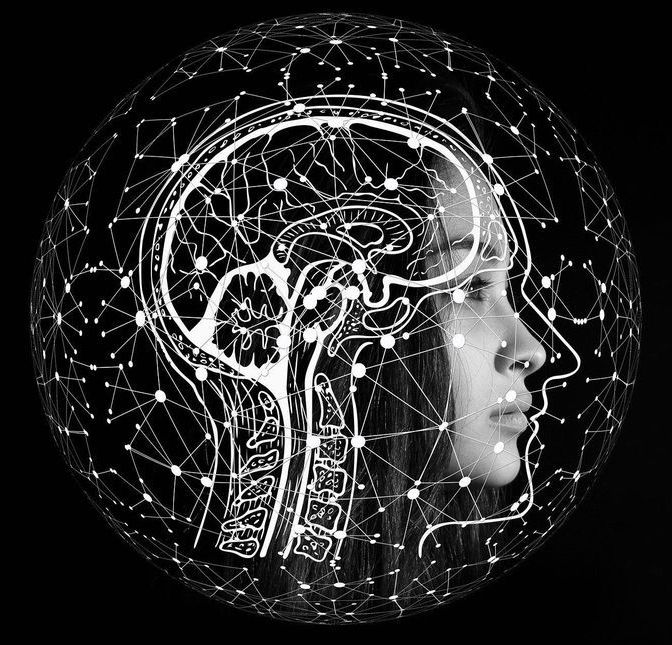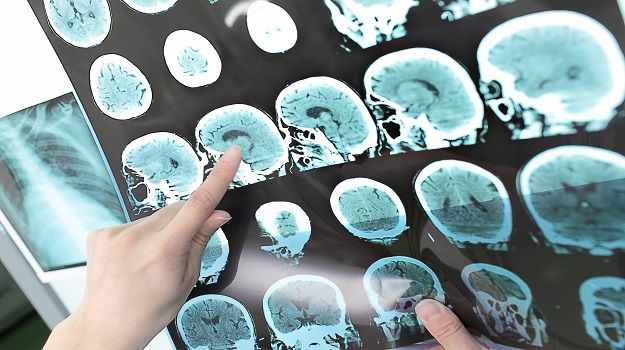Archive for the ‘neuroscience’ category
May 22, 2020
New ‘sniff test’ predicts recovery of consciousness in the brain
Posted by Genevieve Klien in categories: biotech/medical, neuroscience
If an unconscious person responds to smell through a slight change in their nasal airflow pattern — they are likely to regain consciousness. This is the conclusion from a new study conducted by Weizmann Institute scientists and colleagues at the Loewenstein Rehabilitation Hospital, Israel. According to the findings, published in the journal Nature, 100% of the unconscious brain-injured patients who responded to a “sniff test” developed by the researchers regained consciousness during the four-year study period. The scientists think that this simple, inexpensive test can aid doctors in accurately diagnosing and determining treatment plans according to the patients’ degree of brain injury. The scientists conclude that this finding once again highlights the primal role of the sense of smell in human brain organization. The olfactory system is the most ancient part of the brain, and its integrity provides an accurate measure of overall brain integrity.
Following severe brain injury, it is often difficult to determine whether the person is conscious or unconscious, and current diagnostic tests can lead to an incorrect diagnosis in up to 40% of cases. “Misdiagnosis can be critical as it can influence the decision of whether to disconnect patients from life support machines,” says Dr. Anat Arzi, who led the research. “In regard to treatment, if it is judged that a patient is unconscious and doesn’t feel anything, physicians may not prescribe them painkillers that they might need.” Arzi commenced this research during her doctoral studies in the group of Prof. Noam Sobel of the Weizmann Institute of Science’s Neurobiology Department and continued it as part of her postdoctoral research at the University of Cambridge’s Department of Psychology.
The “consciousness test” developed by the researchers — in collaboration with Dr. Yaron Sacher, Head of the Department of Traumatic Brain Injury Rehabilitation at Loewenstein Rehabilitation Hospital — is based on the principle that our nasal airflow changes in response to odor; for example, an unpleasant odor will lead to shorter and shallower sniffs. In healthy humans, the sniff-response can occur unconsciously in both wakefulness and sleep.
Continue reading “New ‘sniff test’ predicts recovery of consciousness in the brain” »
May 21, 2020
Implantable biosensor that operates without batteries
Posted by Quinn Sena in categories: nanotechnology, neuroscience, sustainability
Researchers from the University of Surrey have revealed their new biodegradable motion sensor—paving the way for implanted nanotechnology that could help future sports professionals better monitor their movements to aid rapid improvements, or help caregivers remotely monitor people living with dementia.
May 21, 2020
‘Anti-ageing’ protein shown to slow cell growth is key in longevity – new research
Posted by Genevieve Klien in categories: biotech/medical, life extension, neuroscience
Humans are living longer than ever before. But alongside these increases in life expectancy are an increase in the occurrence of age-related diseases such as cancer and dementia.
But understanding the biology of ageing, and knowing the genes and proteins involved in these processes, will help us increase our “healthspan”—the period that people can live in a healthy and productive state, without age-related diseases.
In a recent study, our team identified a novel anti-ageing protein, called Gaf1. We found that Gaf1 controls protein metabolism, a process that has been implicated in ageing and disease. We also found that without Gaf1, cells have a shorter lifespan.
May 21, 2020
Brain’s ‘updating mechanisms’ may create false memories
Posted by Gerard Bain in categories: biotech/medical, life extension, neuroscience
A study published in Current Biology reports on one of the first comprehensive characterizations of poorly formed memories, and may offer a framework to explore different therapeutic approaches to fear, memory and anxiety disorders. It may also have implications for accuracy of some witness testimony.
Senior author Professor Bryce Vissel, from the UTS Centre for Neuroscience & Regenerative Medicine, said his team used novel behavioral, molecular and computational techniques to investigate memories that have not been well-formed, and how the brain deals with them. “For memories to be useful, they have to have been well-formed during an event—that is, they have to accurately reflect what actually happened.
”However, in the real world many memories are likely to be inaccurate—especially in situations where the experience was brief, sudden or highly emotional, as can often occur during trauma. Inaccurate memories can also occur when the memory is poorly encoded, potentially as a result of subtle differences in how each person processes memory or because of disease like Alzheimer’s or dementia.”
May 21, 2020
Breakthrough in Stem Cell Research Shows Promise for Treating Multiple Sclerosis
Posted by Quinn Sena in categories: biotech/medical, health, neuroscience
A research study in mice by investigators at the University of Rochester Medical Center (URMC) suggests it would be possible to repair the brain cell damage caused by multiple sclerosis (MS). The research was published in the journal Cell Reports.
The research, led by Steve Goldman, professor of Neurology and Neuroscience at URMC and co-director of the Center for Translational Neuromedicine, manipulated embryonic and induced pluripotent stem cells to create glia, a type of brain cell. Glial progenitor cells, a subtype of these cells, eventually form the primary support cells of the brain, astrocytes and oligodendrocytes, which play essential roles in the health and signaling behavior of nerve cells.
MS is an autoimmune disorder where the body’s immune system attacks oligodendrocytes. Oligodendrocytes manufacture myelin, which makes the insulation that allows nerve cells to communicate with each other. As myelin decreases in MS, the signaling between nerve cells is interrupted, which causes the loss of function that leads to problems with sensation, motor function and cognitive problems.
May 21, 2020
Magnetic core–shell nanowires as MRI contrast agents for cell tracking
Posted by Mike Diverde in categories: biotech/medical, nanotechnology, neuroscience, surveillance
Interesting articles on theranostic iron nanowires. I’m interested in watching all aspects of development of nanobots, because I think it may lead to new forms of treatments for superlongevity and superintelligence.
Phys.org: Iron nanorobots go undercover to do surveillance on living cells in real time:
https://phys.org/…/2020–05-iron-nanorobots-undercover-surve…
Continue reading “Magnetic core–shell nanowires as MRI contrast agents for cell tracking” »
May 21, 2020
Nabbing Criminals
Posted by Saúl Morales Rodriguéz in categories: biotech/medical, neuroscience

Upon seeing the blood-stained gloves, O.J. Simpson may have had electrical activity in his brain that showed recognition, and guilt.
May 21, 2020
Modified tattoo electrodes can be used to measure brain activity
Posted by Saúl Morales Rodriguéz in categories: neuroscience, physics
In 2015 Francesco Greco, head of the Laboratory of Applied Materials for Printed and Soft electronics (LAMPSe) at the Institute of Solid State Physics at Graz University of Technology, developed so-called “tattoo electrodes” together with Italian scientists.
These are conductive polymers that are printed using an inkjet printer on standard tattoo paper and then stuck to the skin like transfers to measure heart or muscle activity.
This type of electrode, optimized in 2018, opened up completely new paths in electrophysiological examinations, such as electrocardiography (ECG) or electromyography (EMG). Thanks to a thickness of 700 to 800 nanometres — that is about 100 times thinner than a human hair — the tattoos adapt to uneven skin and are hardly noticeable on the body.
Continue reading “Modified tattoo electrodes can be used to measure brain activity” »
May 21, 2020
Remote, brain region–specific control of choice behavior with ultrasonic waves
Posted by Saúl Morales Rodriguéz in categories: biotech/medical, neuroscience
The ability to modulate neural activity in specific brain circuits remotely and systematically could revolutionize studies of brain function and treatments of brain disorders. Sound waves of high frequencies (ultrasound) have shown promise in this respect, combining the ability to modulate neuronal activity with sharp spatial focus. Here, we show that the approach can have potent effects on choice behavior. Brief, low-intensity ultrasound pulses delivered noninvasively into specific brain regions of macaque monkeys influenced their decisions regarding which target to choose. The effects were substantial, leading to around a 2:1 bias in choices compared to the default balanced proportion. The effect presence and polarity was controlled by the specific target region. These results represent a critical step towards the ability to influence choice behavior noninvasively, enabling systematic investigations and treatments of brain circuits underlying disorders of choice.
Noninvasive and reversible modulation of neuronal activity in specific brain circuits may allow us to diagnose and treat brain disorders in, targeted ways. Low-intensity ultrasound, applied to the brain noninvasively, can be used to modulate neural activity with spatial specificity superior to other noninvasive methods such as transcranial electrical or magnetic stimulation (1–5). The neuromodulatory potential of ultrasound has been highlighted in studies that targeted peri-motor regions of anesthetized rodents or rabbits. Brief, low-intensity stimuli lead to observable movements of the limbs or other body parts (6–13).
However, the enthusiasm about the neuromodulatory potential of ultrasound has recently been dampened by studies that called these effects into question (14, 15). In addition, such overt effects have not been observed in large mammals including humans. Only small changes in neural signals (16–23) or small changes in reaction time or other metrics (24–26) have been found. Yet, to make it truly useful, the approach would ideally provide neuromodulatory effects that are strong enough to manifest in behavior. For example, if clinicians are to determine which brain circuits drive a patient’s craving for an addictive drug, the neuromodulatory effects on a particular neural circuit should be potent enough to yield measurable changes in the subject’s choice behavior, i.e., whether the subject decides to use the drug or not.
















